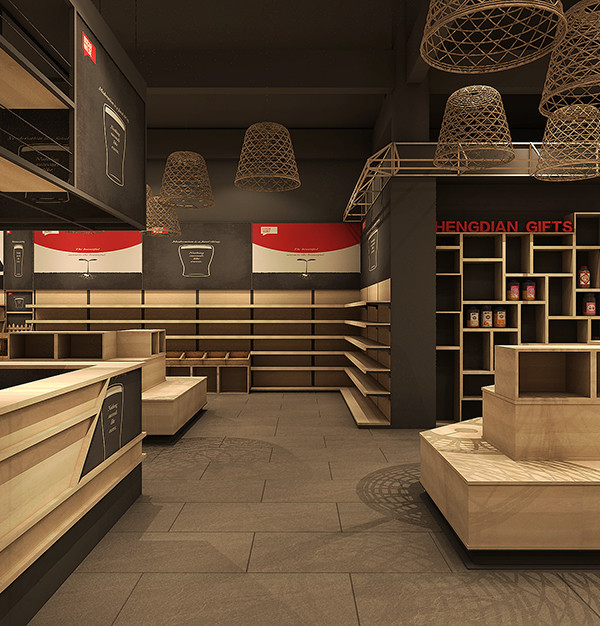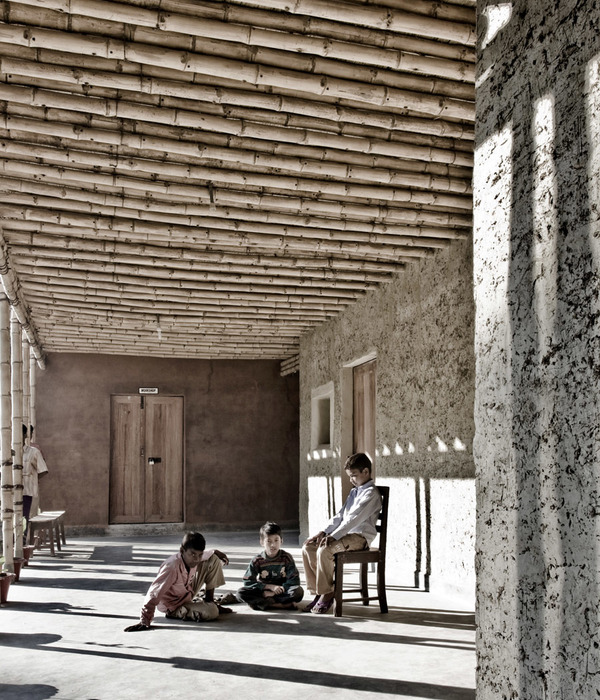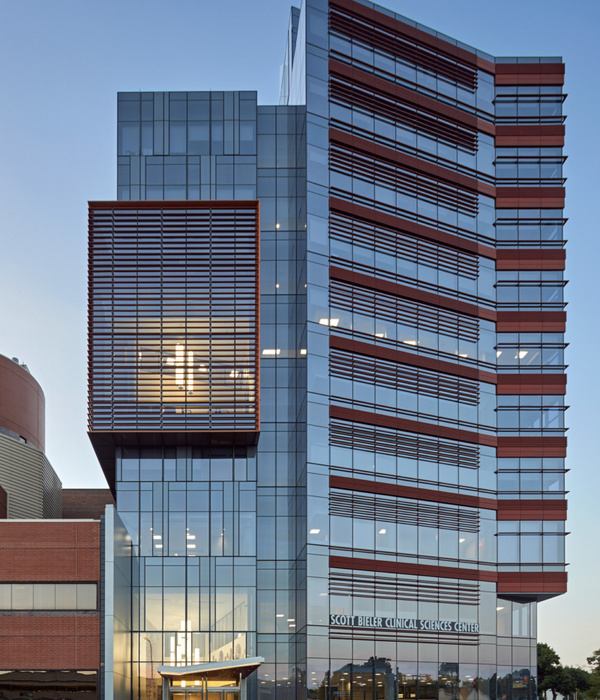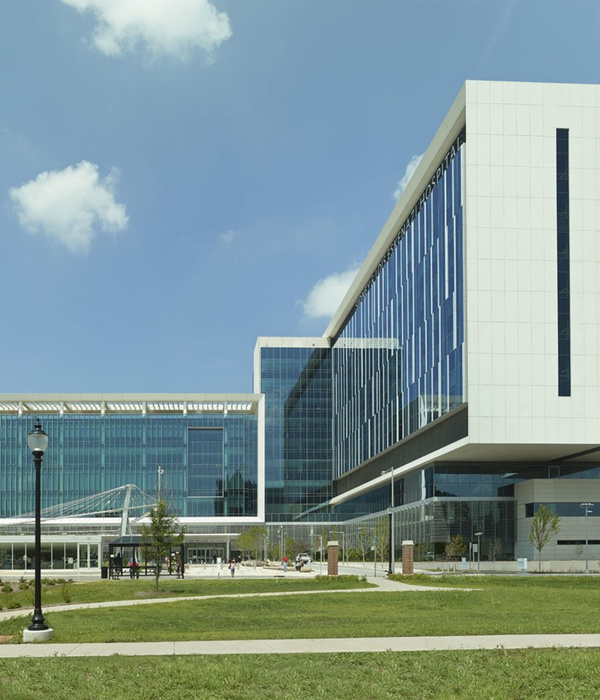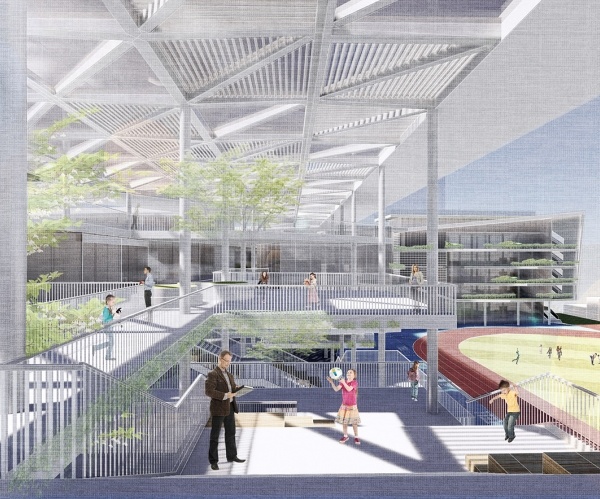Walls are transformed from rigid boundaries to pliable intersections between spaces in AMDL CIRCLE’s Evanescent Walls exhibition.
Photo by Luca Rotondo.
Team Yellowtrace on the ground in Milan, visiting the exhibition in person earlier this year. Photo by Nick Hughes/Yellowtrace.
Evanescent Walls by AMDL CIRCLE. Photo by Luca Rotondo.
Photo by Nick Hughes/Yellowtrace.
Photo by Nick Hughes/Yellowtrace.
We sat down with the globally esteemed architect and designer Michele De Lucchi to chat about the future of design. A true visionary, if ever there was one, the conversation was positive and energetic as he demonstrated how inspiration continues to bloom at any age—a testament to his relentless pursuit of innovation.
Michele’s multidisciplinary design and architecture studio, AMDL CIRCLE, and Produzione Privata, an experimental design laboratory he co-founded in 1990, presented a series of projects this year. One of the standouts was perhaps the smallest in scale but biggest in potential impact—Evanescent Walls. This exploration into the unconventional challenged our understanding of walls, transforming them from rigid boundaries to pliable interfaces between spaces.
Michele posed the poignant question: “It’s so difficult to change our mentality… [when] we have huge walls inside. [Physical] walls are much more dangerous than we thought because we are continuously building walls, which is what’s happening in our mind—that we separate everything. We create walls to separate people. How can we create walls that are not just volumes that separate but space for dialogue?” Architect or philosopher? Michele challenges the viewer to consider walls with an entirely different approach.
Our Editor and Founder, Dana Tomić Hughes, interviewed Michele De Lucchi in his office in Milan for MILANTRACE 2023. Photo by Nick Hughes/Yellowtrace.
See Michele speak to the Past and Future of design in our MILANTRACE 2023 Film, shot in the AMDL studio in Milan. Our film immortalises the relevance and impact of the world’s biggest design event for years to come.
The premise of Evanescent Walls hinged on the notion of a wall as a “boundary that is impervious to the eyes and mind,” which can be manipulated in various forms with an array of materials. The exhibition showcased this through modular screens, inspired by woven architecture, that served as fluid, permeable borders between spaces.
“Undertones and shadings provide space for what is not there, for that which lies beyond, establishing a connection: unexpected scenarios are formed between the wefts, arousing curiosity and stimulating a voyage of discovery,” said De Lucchi.
The exhibition’s highlight was its recontextualisation of iconic architectural elements from De Lucchi’s projects: the glass shingles of the OpenZone Towers, the rhomboid components of the Novartis Pavilion’s façade, and the intricately braided wires of the Buccellati installation. Stripped to their elemental forms, these elements illustrated the variety inherent in evanescent walls. Not mere structures but intricate compositions of textures that create interconnected spaces intended to unite rather than divide. Permeable, absorptive entities, like cell membranes, connect the external to the internal, embodying a boundary of not seclusion but openness.
AMDL CIRCLE’s installation on the rooftop terrace of Buccellati’s Via Brisa headquarters. Photo by Silvia Rivoltella.
Reforming Future exhibition by AMDL CIRCLE. Photo by Marco De Santi.
“I am not afraid of artificial intelligence. AI will be a fantastic way to find out the standard. What is standardised, and what is the common knowledge of everybody” – Michele De Lucchi.
“I am not afraid of artificial intelligence. AI will be a fantastic way to find out the standard. What is standardised, and what is the common knowledge of everybody” – Michele De Lucchi.
Over at Reforming Future, an exhibition organised by MoscaPartners for Design Variations 2023, De Lucchi conceived the exhibition layout. The Circle created symbolic flags that evoke the climate of youth protest — like the sheets that wave during demonstrations and student marches with the grand slogans that invoke the need to act ‘to reform the future.
Hung in the garden of the Istituto Marchiondi Spagliardi, Vittoriano Viganò’s disused Brutalist building on the outskirts of Milan, these pieces of cloth accompany the story of the works on display, addressing the anthropological themes proposed by Andrea Branzi and De Lucchi during ten years of running design workshops at the School of Design of the Milan Polytechnic (between 2007 and 2017).
To see more on the future of design, dive into our free publication MILANTRACE Digital 2023. Part Multimedia Magazine, part Video Documentary, this highly curated design resource and immersive experience offers a 360-degree look at the lasting impact of Milan Design Week and Salone Del Mobile.
EXPLORE MILANTRACE DIGITAL 2023
[Images courtesy of AMDL Circle and Team Yellowtrace. Photography credits as stated.]
{{item.text_origin}}



